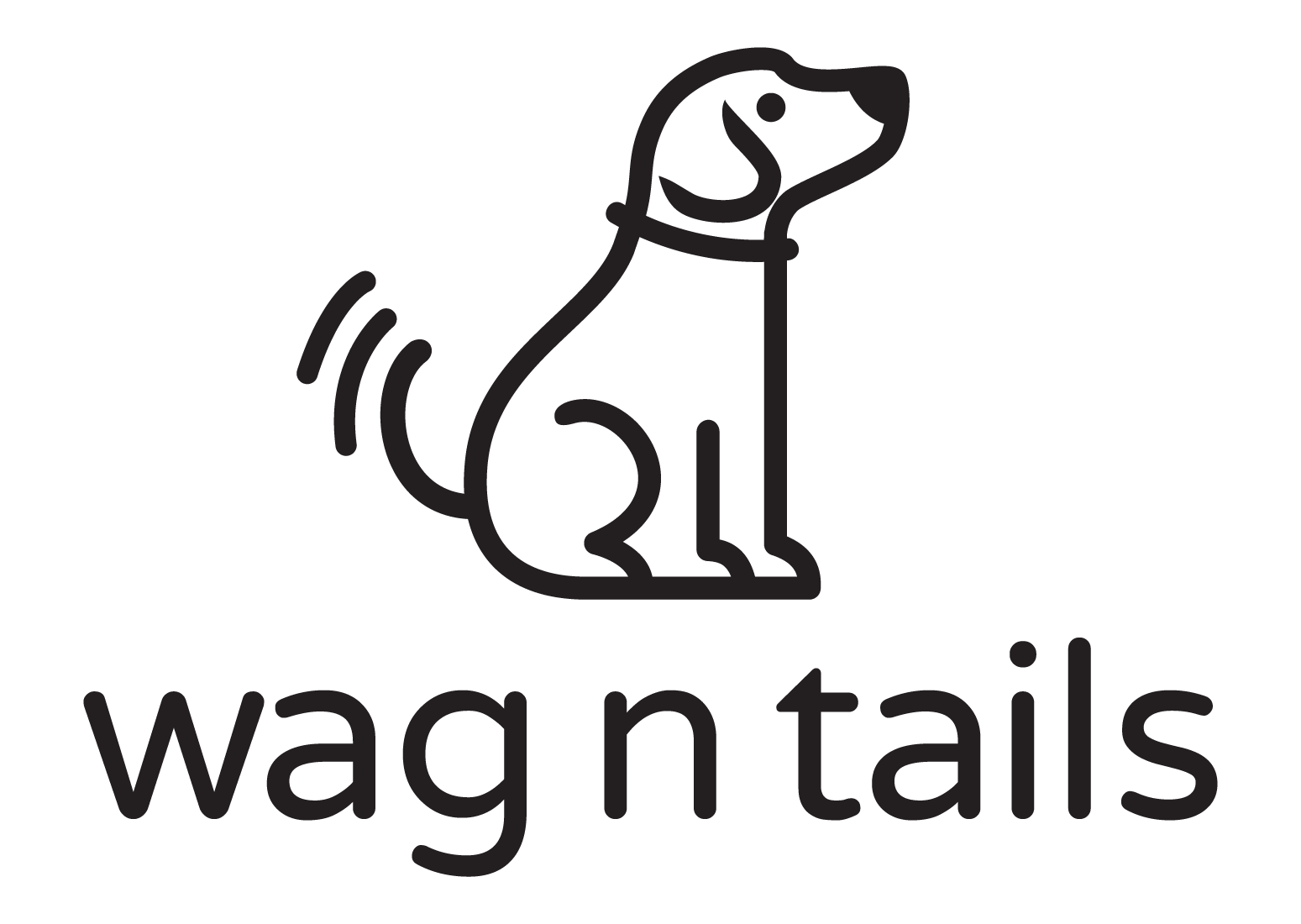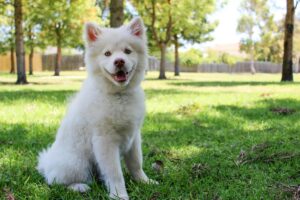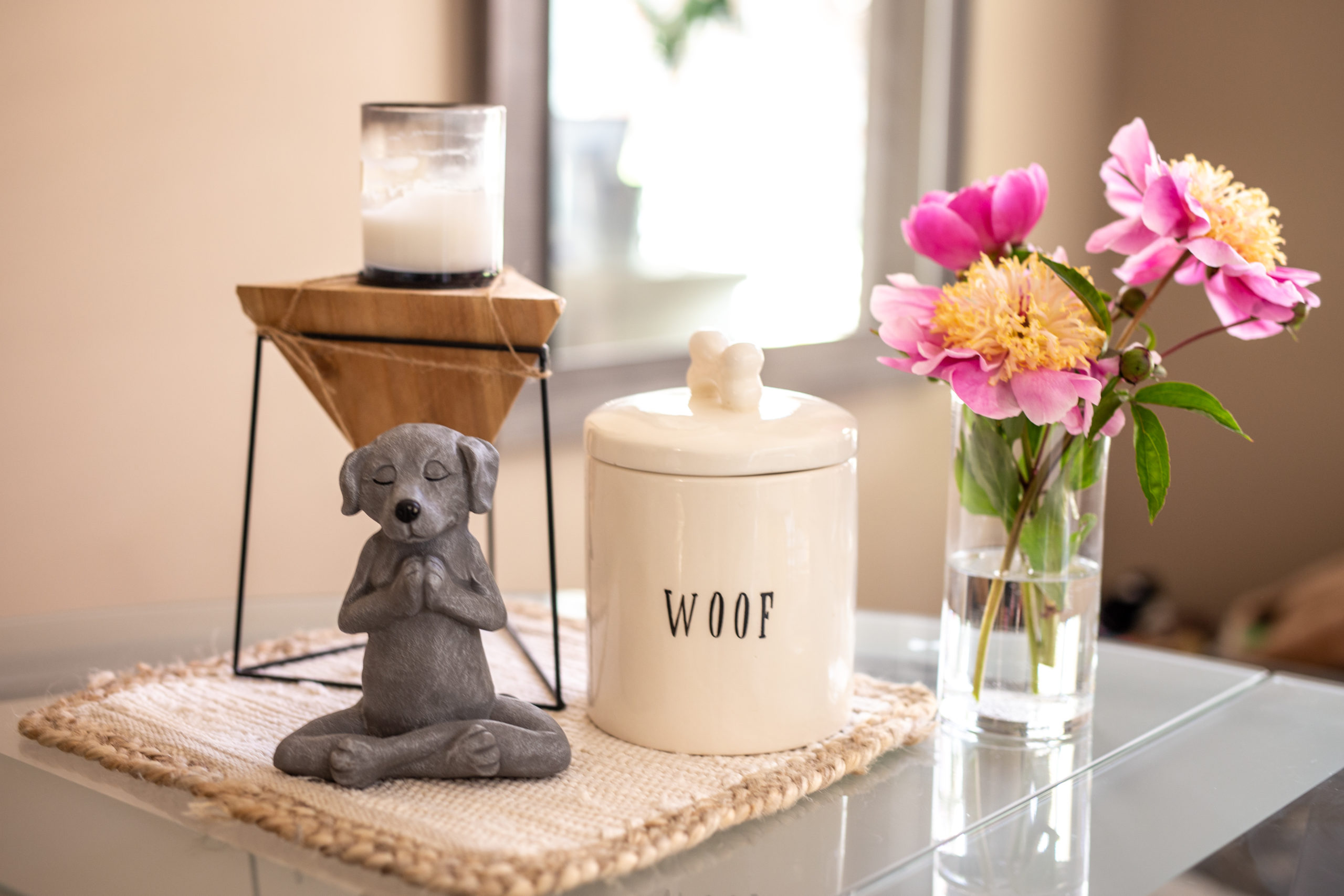 Nearly every trained animal you see in films and on television has been taught using food lures and rewards. Killer whales are trained using fish. Grizzly bears are trained using marshmallows and soda pop. Obviously, trainers dealing with such large, potentially dangerous animals do not want killer whales and grizzly bears forming negative associations with training, or with the trainer! Let’s not discriminate against the canine species. Isn’t it long overdue for our best friends to have equal opportunity with the rest of the trained-animal kingdom?
Nearly every trained animal you see in films and on television has been taught using food lures and rewards. Killer whales are trained using fish. Grizzly bears are trained using marshmallows and soda pop. Obviously, trainers dealing with such large, potentially dangerous animals do not want killer whales and grizzly bears forming negative associations with training, or with the trainer! Let’s not discriminate against the canine species. Isn’t it long overdue for our best friends to have equal opportunity with the rest of the trained-animal kingdom?
Any criticism of using food as a training tool may actually be applied to the use of any training tool, including leash-corrections and praise.
Excessive praise, or correction, may over-excite your dog. Your dog may not respond when off-leash, or when you do not have praise in your heart. Your dog is hardly going to respect someone who regularly needs to resort to physical force and painful punishments. And, what if your dog doesn’t like food, you might say? Well, what if your dog doesn’t like leash corrections? Surely, such woolly logic should not stop owners from using food lures and rewards to great effect to teach their dogs to enjoy training. And, if the dog doesn’t like food, then let’s teach him to like food. The process is really not so different from teaching dogs to love children and strangers.
The use of any training tool has its advantages and disadvantages. Do not forgo the magical advantage of using food lures and rewards just because of one or two supposed disadvantages. Learn to use food in training correctly and overcome the minor disadvantages so that you may take full advantage of many beneficial effects of food lures and rewards.
Food is the very best lure for most dogs and for most owners. However, once you have become adept at food luring and reward training, you will be able to use chewtoys, squeaky toys, and snapping fingers to lure or reward your dog. Pieces of kibble and the occasional freeze-dried liver treat are the most convenient and easy-to-use rewards for initial training but you need to change to more meaningful “life rewards” as soon as possible. Of course, if you have a warm heart, an expressive voice, and affectionate hands, praise and petting will be more than a sufficient thank-you for your puppy.
“Use food in training? That’s sissy training”
Maybe so, but it works! And I’ll tell you what, if carrying a wand and wearing a pink tutu would help train dogs and save their lives, I’d do that, too. In addition to their obvious applications in all aspects of teaching manners, food lures and food rewards may be more importantly used for behavior modification and temperament training. In fact, food lures and rewards are so effective, their use should be mandatory.
In addition to being incredibly effective, there is an entire century of scientific research on the topic of behavioral modification and the consequential evolution of modern-day, psychological training techniques. Perhaps some trainers are simply resistant, or scared, to adopt anything new, progressive, or more sophisticated.
It would be a shame if your puppy’s education were to suffer simply because you had misgivings about using food lures and rewards. Consequently, here follow answers to other common concerns about using food in training.
“My dog will get fat!”
If you feed your dog too much, she will get fat. However, training treats should not be extra calories, and they should not be junk food. Food lures and rewards are part of your dog’s normal daily diet (primarily consisting of dry kibble) but used periodically during training rather than given all at once at dinner time.
Each morning, measure out your dog’s daily ration of kibble and put it in a handy container. (If your dog puts on weight, measure out less kibble each day and exercise your dog more. If your dog loses weight, measure out more kibble each day.) Throughout each day, use some kibble as lures and rewards for training, and stuff the remainder in hollow chewtoys.
A small number of treats (e.g., dog biscuits, or freeze-dried liver) may be included as part of your dog’s daily dietary allotment of calories and these are best reserved for specialized training exercises, such as housetraining, park recalls, and socialization and training with children, men, and strangers.
“My dog will be forever on the scrounge, begging for food, and worrying at food in my hand!”
Not necessarily correct! You may use food distractions and rewards to teach the dog not to scrounge or worry at food in your hand. In fact, the only way to teach dogs not to scrounge or worry at food in your hand is by using food in training. In addition, you may teach your dog to take food (from your hand or dog bowl) only after being given a specific instruction, such as “Rover, Take It” or “Chow.” The dog must learn the difference between children’s hot dogs and doggy treats.
“Food makes my dog over-excited.”
If food over-excites your dog, you need to use food as a reward to teach your dog to be calm. The DoggiCalm training technique is quick and easy. Let your dog sniff a piece of kibble in your hand, ignore the dog’s boisterous bouncing and barking, wait for your dog to sit and then offer the kibble. Repeat the procedure a number of times. Delay giving the food reward for a couple of seconds after your dog sits and your dog will remain calm for a couple of seconds. With each successive repetition, progressively increase the delay and hence the period of calmness. After hand feeding just a dozen pieces of kibble, you’ll have a dog that calms down quickly and sits automatically whenever you have food in your hand.
“It’s demeaning to use food treats.”
I have it from the highest authority that dogs strongly disagree with the above statement. On the contrary, dogs consider not receiving food rewards for their efforts to be demeaning.
I get paid when I write doggy books and give veterinary seminars. Most of you get paid when you work. And strange though it may seem, puppies and dogs would like to be on the payroll as well.
“My dog responds only when I have food.”
Most probably because you have yet to fully grasp the principles of lure/reward training. Read on. Learn how to replace food lures with verbal commands and hand signals within your first training session, and learn how to phase out and replace food rewards with more meaningful incentives, such as life rewards and internal motivation.
“I don’t want to bribe my dog.”
Neither do I. Bribing is largely ineffective. Using food as lures, rewards, distractions, and general motivators is far more precise and effective than using food as bribes. Parents and politicians quickly learn that bribery does not work. However, luring, rewarding, and motivating do work. Extremely well, in fact. Lures teach dogs what we want them to do; rewards teach dogs to want to do what we want them to do; and motivators teach dogs to be eager and attentive on cue.
“I want my dog to respect me.”
The above statement camouflages some pretty scary logic — that a dog would respect you more if you trained using correction and punishment, rather than lures and rewards. Duh!?! Beware of those, who insist that harassment, bullying, and physical domination are necessary to get dogs to show respect. Dogs’ brains boggle at this perverse notion. On the contrary, you will gradually earn your dog’s trust and respect with understanding, compassion, and intelligent education via lure/reward training.
We all want dogs to respect and be proud of their human companions. And especially we would like dogs to respect the wishes and feelings of children. Lure/reward training is absolutely the most expedient way for children to gain the respect of their dogs.
Consider for example, a child who takes five minutes to lure/reward train a dog to happily and willingly come, sit, and lie down off-leash. The child requests the dog to respond, and the dog respects the child’s instructions and gladly obliges. Or put another way, the child commands the dog (in a squeaky voice), and the dog complies. Most important though, the dog complies happily and willingly. And when it comes to children and dogs, happy and willing compliance is the only way.
“I want my dog to do it for me!”
I want my dog to want to do it for me. I want dogs to voluntarily follow instructions because they have learned it is in their best interests to do so. Indeed, prompt and willing compliance are the cornerstones of dog-friendly dog training. Certainly it may be possible to coerce, or force, a dog to do things the trainer’s way, especially if the dog is on leash and physically and psychologically held captive by restraint and force. However, when off-leash and out of arm’s reach, the dog might just ignore the trainer’s commands, leaving the trainer to train by himself.
“My dog doesn’t like food.”
Since food lure/reward training is so amazingly easy, efficient, and effective, I would teach every dog to like food, before commencing training. Puppies may easily be taught to appreciate food, simply by hand-feeding individual pieces of kibble throughout the day, rather than all at once from a bowl at mealtimes. For adult dogs, instruct them to sit and take a piece of kibble before every enjoyable activity, such as being invited on the couch, or chasing a ball. Soon your dog will enjoy the kibble as much as he enjoys the thrill of couch-time and tennis balls combined.
Phase Out The Use Of Training Tools As Soon As Possible
Do not become dependent upon the training tools you use. Training tools are meant to temporarily facilitate training, not to permanently reduce reliability. Phase out the use of training lures and rewards as soon as possible, otherwise your dog will only respond when you have them. Once your dog is trained, he will gladly oblige your wishes and then your temporary training tools will no longer be necessary.
Training lures become unnecessary as soon as your puppy learns the meaning of your verbal requests and hand signals. You should be able to phase out training lures completely during the very first session. Similarly, training rewards are no longer necessary once they have been replaced with more meaningful incentives — life rewards, such as dinner time, couch time, tummy rubs, car rides, walks, playing tug, playing fetch, etc. You may begin to phase out training rewards during the first session, by asking your puppy to progressively perform more and more for a single piece of kibble.
Use Training Tools That Your Dog Finds Pleasant And Enjoyable
Most people understand dog training to involve manipulating or modifying a dog’s natural behaviors. The most common approaches include: 1. Increasing the frequency of desirable behaviors (using rewards), e.g., being calm; 2. Teaching a dog to perform desired behaviors reliably on cue (using lures and rewards), e.g., come, sit, down and stay; 3. Decreasing the frequency of undesirable behaviors (using instructive reprimands), e.g., jumping-up and pulling on-leash; and 4. Teaching a dog to reliably not perform undesired behaviors on cue (using lures and instructive reprimands), e.g., don’t touch and shush. However, there is a great deal more to training than behavior modification.
During the training process, your dog forms many positive and negative associations about training and about the trainer. If you use pleasant training tools (lures and rewards), your dog will learn to love training and the trainer. However, if you use unpleasant training tools (restraint, physical coercion, and scary or painful punishments), your dog will learn to dislike training, and the trainer, i.e., you!
**Credit to Dog Star Daily for this article!**
[author] [author_image timthumb=’on’]https://wagntails.net/wp-content/uploads/2020/02/author-image.png[/author_image] [author_info]About the Author Christine Fox, APDT, CTDI and a Pet Sitters International member, is the founder of Wag ‘N’ Tails Dog Activity Center with two locations in Michigan. She has been involved with many pet dog trainer certification initiatives, all based on learning techniques that involve humane practices and the latest in scientific research. Christine also raised a service dog for Paws With a Cause and plans to train her newest pup in therapy work. Through her work with dogs and their parents, Christine has developed many happy and healthy relationships with both humans and dogs in the community.[/author_info] [/author]




